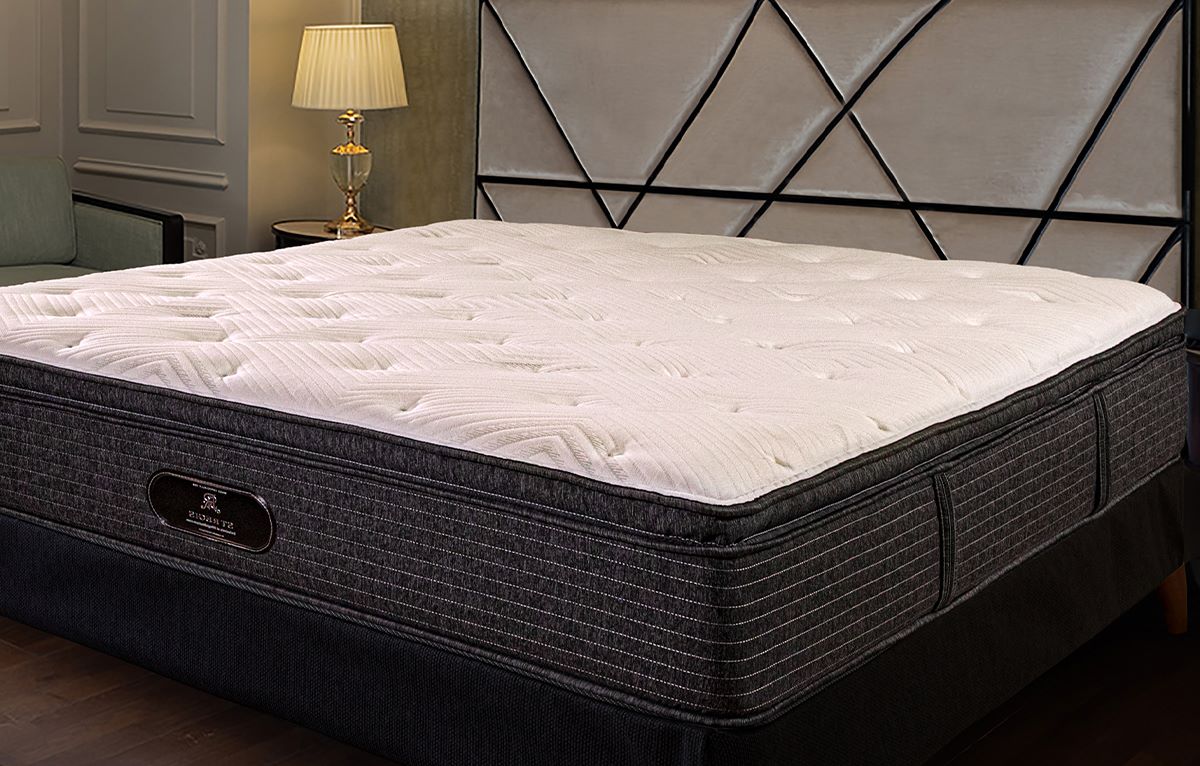

Articles
How To Store A Queen Mattress
Modified: January 9, 2024
Discover the best way to store a queen mattress! Read our informative articles and learn how to properly protect and preserve your mattress for long-term storage.
(Many of the links in this article redirect to a specific reviewed product. Your purchase of these products through affiliate links helps to generate commission for Storables.com, at no extra cost. Learn more)
Introduction
Storing a queen mattress can be a daunting task, especially if you don’t have the proper knowledge or tools. Whether you’re moving to a new house, downsizing to a smaller space, or simply need to store your mattress temporarily, it’s crucial to handle it with care to ensure it stays in top condition.
In this article, we will walk you through the step-by-step process of storing a queen mattress. From preparing the mattress for storage to finding the right location and protecting it during the storage period, we will cover all the essential aspects to keep your mattress clean, safe, and ready for future use.
So, if you’re ready to learn how to properly store a queen mattress, let’s dive in!
Key Takeaways:
- Properly preparing, cleaning, and protecting your queen mattress before storage is essential to maintain its quality and longevity. Follow the step-by-step guide to ensure your mattress remains clean, safe, and in optimal condition until you need it again.
- Selecting the right storage location, using a high-quality cover, and periodically checking your mattress during storage are crucial steps to ensure it remains well-maintained and protected. By following these guidelines, you can confidently store and retrieve your queen mattress with ease.
Read more: How To Store Queen Mattress
Step 1: Prepare the mattress for storage
Before storing your queen mattress, it’s important to ensure that it is properly prepared to withstand the storage period. Here are some essential steps to follow:
- Clean the mattress: Start by thoroughly cleaning your mattress. Remove any sheets, mattress protectors, or other bedding items. Use a vacuum cleaner with a brush attachment to remove any dust, dirt, or debris from the surface of the mattress. Pay close attention to the seams and crevices where dirt may accumulate.
- Inspect for any damages: Carefully examine your mattress for any damages, such as stains, tears, or sagging areas. If you notice any issues, address them before storing the mattress to prevent further damage.
- Take off the mattress topper: If your mattress has a removable topper, remove it and clean it separately according to the manufacturer’s instructions. It’s best to store the topper separately to avoid any potential damage or contamination.
- Disassemble the bed frame (if applicable): If your mattress is currently on a bed frame, disassemble it carefully following the manufacturer’s instructions. This will make the storage process easier and more efficient.
- Wrap the mattress: Once the mattress is clean and free from any damage, consider wrapping it with a mattress storage bag or a thick plastic wrap. This will provide an additional layer of protection against dust, moisture, and pests during the storage period.
By following these steps, you will ensure that your queen mattress is well-prepared for storage and will remain in optimal condition until it is ready to be used again.
Step 2: Choose the right storage location
Choosing the right storage location for your queen mattress is crucial to maintain its condition. Here are some factors to consider when selecting the ideal storage space:
- Climate control: Look for a storage facility that offers climate control options. Extreme temperatures can damage the structure and materials of your mattress, causing it to deteriorate over time. Opting for a climate-controlled storage unit will help preserve the integrity of the mattress by maintaining stable temperature and humidity levels.
- Cleanliness and ventilation: Ensure that the storage area is clean, dry, and well-ventilated. Moisture and humidity can lead to the growth of mold and mildew, which can seriously damage your mattress. A clean and well-ventilated storage space will help prevent these issues.
- Security: It’s essential to choose a storage facility that provides adequate security measures. Look for features such as surveillance cameras, access control systems, and well-trained staff to ensure the safety of your mattress while it is in storage.
- Accessibility: Consider how often you may need to access your stored mattress. Choose a storage facility with convenient access hours and a layout that allows easy retrieval of your mattress without excessive moving or rearranging of other items.
- Size and space: Make sure the storage unit is large enough to accommodate your queen mattress without needing to fold or squeeze it. It’s important to give your mattress ample room to maintain its shape and prevent any unnecessary stress on its structure.
Take the time to research and visit different storage facilities in your area to compare their features and determine which one best meets your needs. Additionally, consider the duration of storage and factor that into your decision-making process.
By selecting the right storage location, you can ensure that your queen mattress remains in excellent condition and is easily accessible when you need it again.
Step 3: Clean the mattress before storage
Before placing your queen mattress into storage, it’s important to give it a thorough cleaning. Cleaning the mattress helps remove any dirt, dust, and potential allergens, ensuring that it stays fresh during the storage period. Here are the steps to clean your mattress:
- Vacuum the mattress: Begin by vacuuming the entire surface of the mattress to remove any loose debris, dust mites, or pet hair. Use a vacuum cleaner with a brush attachment and make sure to go over all sides, including the top, sides, and bottom.
- Spot clean stains: If your mattress has any visible stains, treat them with a mild detergent or stain remover. Follow the manufacturer’s instructions, and use a clean cloth or sponge to gently dab the stain. Avoid saturating the mattress with liquid as it can lead to mold or mildew growth.
- Deodorize the mattress: To keep your mattress smelling fresh, sprinkle it with baking soda. Baking soda helps absorb any lingering odors. Allow it to sit for a few hours to overnight, then vacuum it off using the brush attachment.
- Air-dry the mattress: If the weather permits, consider placing your mattress in a well-ventilated area outdoors to air-dry. This will help eliminate any moisture that may be trapped within the mattress. Avoid direct sunlight, as it can cause discoloration.
Remember to follow the specific care instructions provided by the mattress manufacturer. Some mattresses may require specialized cleaning techniques or products. Always check the manufacturer’s guidelines to avoid damaging or voiding the warranty of your queen mattress.
By cleaning your mattress before storage, you’ll ensure that it remains fresh and free from any dirt or allergens until it’s ready to be used again.
Step 4: Protect the mattress with a cover
Once your queen mattress is clean and dry, it’s important to protect it from dust, moisture, and potential damage while in storage. Using a mattress cover will provide an extra layer of protection. Here’s how to properly cover your mattress:
- Select a high-quality cover: Choose a mattress cover specifically designed for storage purposes. Look for a cover made of durable and breathable materials that will prevent dust and pests from entering while allowing for adequate airflow.
- Measure the mattress: Before purchasing a mattress cover, measure the dimensions of your queen mattress to ensure a proper fit. The cover should fully encase the mattress without being too snug or loose.
- Slide the mattress into the cover: Place the mattress on a clean, flat surface and carefully slide it into the cover. Start by inserting one end and gradually work your way to the other end, ensuring that the mattress is fully covered and the zipper or closure is securely fastened.
- Seal any openings: If your mattress cover has a zipper or any other openings, take the time to seal them properly. This will prevent any dust or pests from getting inside the cover.
- Label the cover: To easily identify your stored mattress, consider labeling the cover with a tag or sticker indicating the mattress size or any relevant information.
When selecting a mattress cover, keep in mind that it should be waterproof or at least water-resistant. This will protect your mattress from accidental spills or moisture damage that could occur during the storage period.
By using a high-quality mattress cover, you’ll provide an added layer of protection to keep your queen mattress in pristine condition while it’s in storage.
When storing a queen mattress, make sure to clean and dry it thoroughly before wrapping it in a mattress storage bag. Store it in a cool, dry place away from direct sunlight and moisture to prevent mold and mildew.
Read more: How To Store A Queen Size Mattress Topper
Step 5: Store the mattress properly
After preparing and protecting your queen mattress, it’s time to store it in a proper manner to ensure its longevity. Follow these steps to store your mattress correctly:
- Elevate the mattress: Place your mattress on a stable and elevated surface to protect it from any potential damage or moisture that may accumulate on the floor. Utilize wooden pallets or storage racks to keep the mattress off the ground.
- Avoid storing items on top: Do not place any heavy items on top of the mattress during storage. This can cause unnecessary pressure and lead to deformities or permanent sagging.
- Keep it horizontal: Store the mattress in a horizontal position. Avoid storing it vertically, as this can cause the mattress to lose its shape and structure over time.
- Do not bend or fold: It’s crucial to avoid bending or folding your mattress during storage. Continuous bending or folding can damage the internal coils, foam layers, or other support structures of the mattress.
- Allow for proper airflow: Ensure that there is adequate airflow around the mattress while in storage. This helps prevent the buildup of moisture and minimizes the risk of mold or mildew growth. Avoid placing the mattress against walls or in tightly enclosed spaces.
- Secure the storage space: Close and lock the storage unit properly to safeguard your mattress. Make sure the area is secure and protected from potential theft or damage.
Remember to follow any additional instructions provided by the mattress manufacturer for long-term storage. Some mattresses may require specific storage conditions or recommendations to maintain their warranty and optimal performance.
By storing your queen mattress properly, you’ll ensure that it remains in excellent condition and is ready for use when you need it again.
Step 6: Check the mattress periodically during storage
While your queen mattress is in storage, it’s important to periodically check its condition to ensure it remains in good shape. Follow these steps to properly inspect your mattress during the storage period:
- Set a schedule: Establish a regular schedule to check on your stored mattress. Depending on the storage duration and other factors, checking every three to six months is usually recommended.
- Inspect for pests: Check for any signs of pests such as bed bugs or rodents. Look for droppings, signs of chewing, or any unusual odors. If you suspect an infestation, take immediate action to prevent the pests from causing damage to your mattress.
- Examine for mold or mildew: Carefully inspect the mattress for any signs of mold or mildew growth. Look for visible spots, discoloration, or a musty smell. If you detect any signs of mold or mildew, address the issue promptly to prevent further damage to the mattress.
- Check for moisture: Ensure that the storage area is free from humidity and moisture. Moisture can lead to mold, mildew, and even deterioration of the mattress materials. If you notice any signs of moisture, take measures to resolve the issue and prevent further damage.
- Reposition if necessary: If you notice any indentations or areas that have been under prolonged pressure, consider rotating or repositioning the mattress. This will help distribute the weight and prevent uneven wear or sagging.
During the inspection, take note of any changes in the mattress’s condition and address any issues promptly. It’s essential to maintain a clean, dry, and pest-free storage environment to ensure the mattress remains in optimal condition until it’s ready to be used again.
By periodically checking your mattress during storage, you’ll have peace of mind knowing that your queen mattress is well-maintained and protected.
Step 7: Retrieve the mattress from storage
When the time comes to retrieve your queen mattress from storage, it’s important to follow proper procedures to ensure a smooth transition. Here are the steps to retrieve your mattress:
- Plan ahead: Determine the date and time you’ll need to retrieve your mattress. Give yourself enough time to make necessary arrangements and prepare for transportation.
- Bring necessary equipment: Gather the tools and equipment you’ll need to safely transport your mattress. This may include straps or ropes to secure the mattress, a cart or dolly to assist with moving, and blankets or padding to protect the mattress during transport.
- Prepare the storage unit: Remove any objects or obstacles that may interfere with accessing and retrieving your mattress. Clear a pathway to make it easier to maneuver the mattress out of the storage unit.
- Inspect the mattress: Before loading the mattress into your vehicle, inspect it for any visible signs of damage or pests. Check for mold, mildew, or any strange odors. If you notice any issues, address them accordingly before transporting the mattress.
- Safely load the mattress: Carefully lift and load the mattress onto the cart or dolly. Use proper lifting techniques to avoid strain or injury. Secure the mattress with straps or ropes to prevent it from shifting during transportation.
- Protect the mattress during transport: Place blankets or padding around the mattress to protect it from bumps, scratches, or other potential damage during the journey back to your desired location.
- Unload and reassemble: Once you’ve reached your destination, carefully unload the mattress and transport it to its designated area. If necessary, reassemble the bed frame and place the mattress on top, ensuring it is properly aligned and supported.
Remember to allow the mattress some time to fully expand and regain its shape if it has been compressed during storage. Follow any specific instructions provided by the mattress manufacturer for reassembly and use.
By following these steps, you’ll successfully retrieve your queen mattress from storage and ensure a seamless transition back into your home or desired location.
Conclusion
Storing a queen mattress requires proper preparation, protection, and periodic maintenance to ensure its longevity and usability. By following the steps outlined in this article, you can store your mattress with confidence, knowing that it will remain clean, safe, and in optimal condition until you need it again.
From preparing the mattress for storage to choosing the right storage location, cleaning the mattress, and protecting it with a cover, each step plays a crucial role in maintaining its quality. Proper storage and regular checks will prevent damage from pests, mold, mildew, or other environmental factors that could affect the mattress’s performance.
Remember to follow the manufacturer’s guidelines and any specific care instructions for your particular queen mattress. Different materials and constructions may require special considerations when it comes to storage and maintenance.
When the time comes to retrieve your mattress from storage, take the necessary precautions to ensure its safe transportation. Protect the mattress from bumps and scratches and inspect it for any damages or signs of pests before reintroducing it to your living space.
By investing time and effort into properly storing and maintaining your queen mattress, you can extend its lifespan and ensure a comfortable and restful sleep experience for years to come. Happy storing!
Frequently Asked Questions about How To Store A Queen Mattress
Was this page helpful?
At Storables.com, we guarantee accurate and reliable information. Our content, validated by Expert Board Contributors, is crafted following stringent Editorial Policies. We're committed to providing you with well-researched, expert-backed insights for all your informational needs.
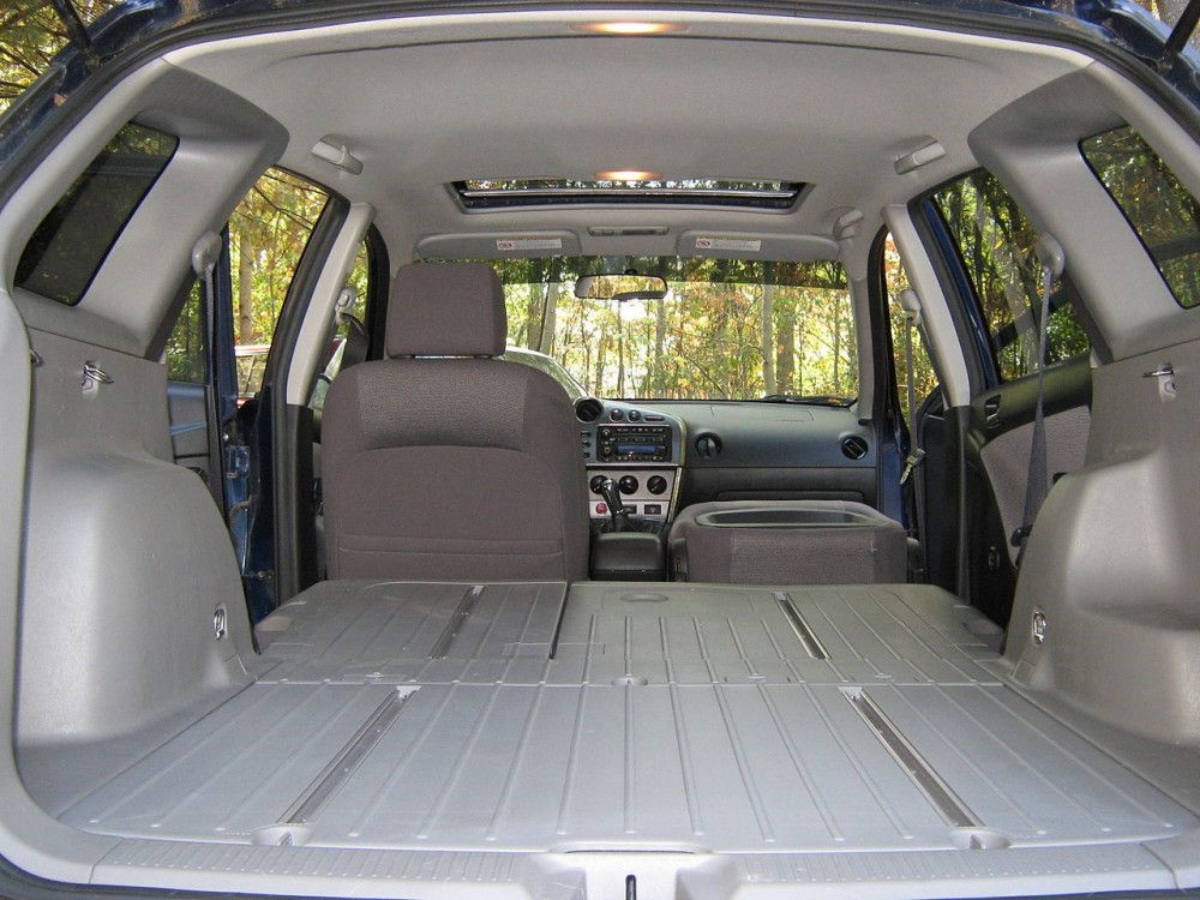

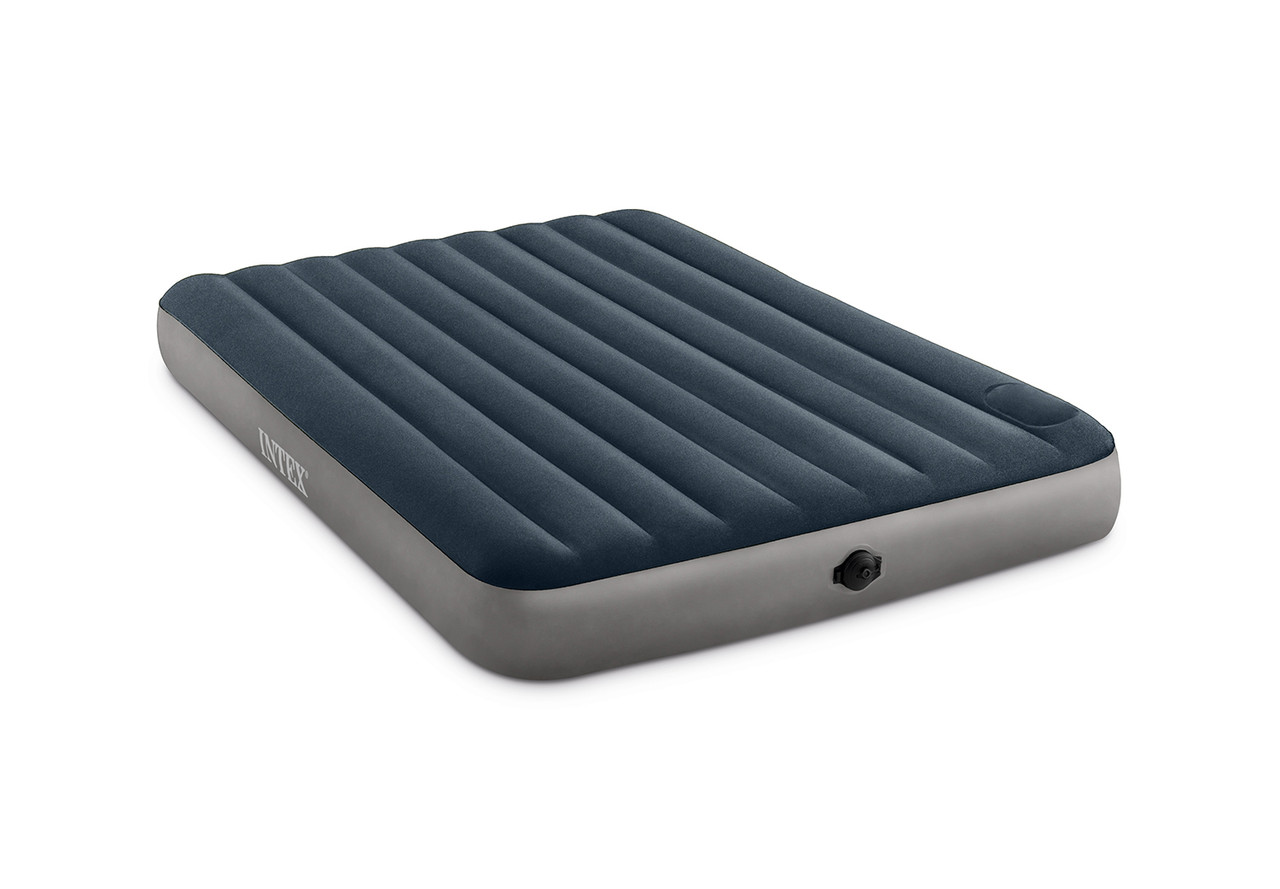
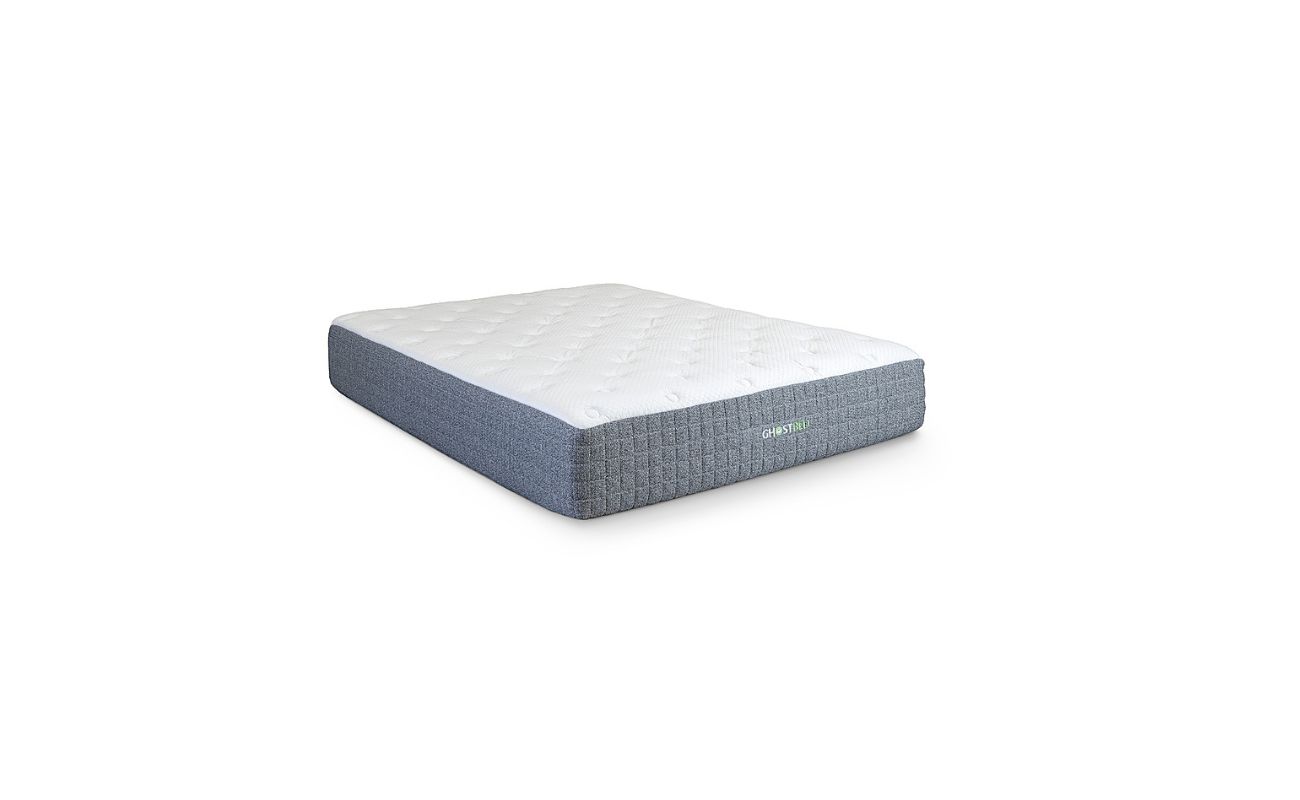
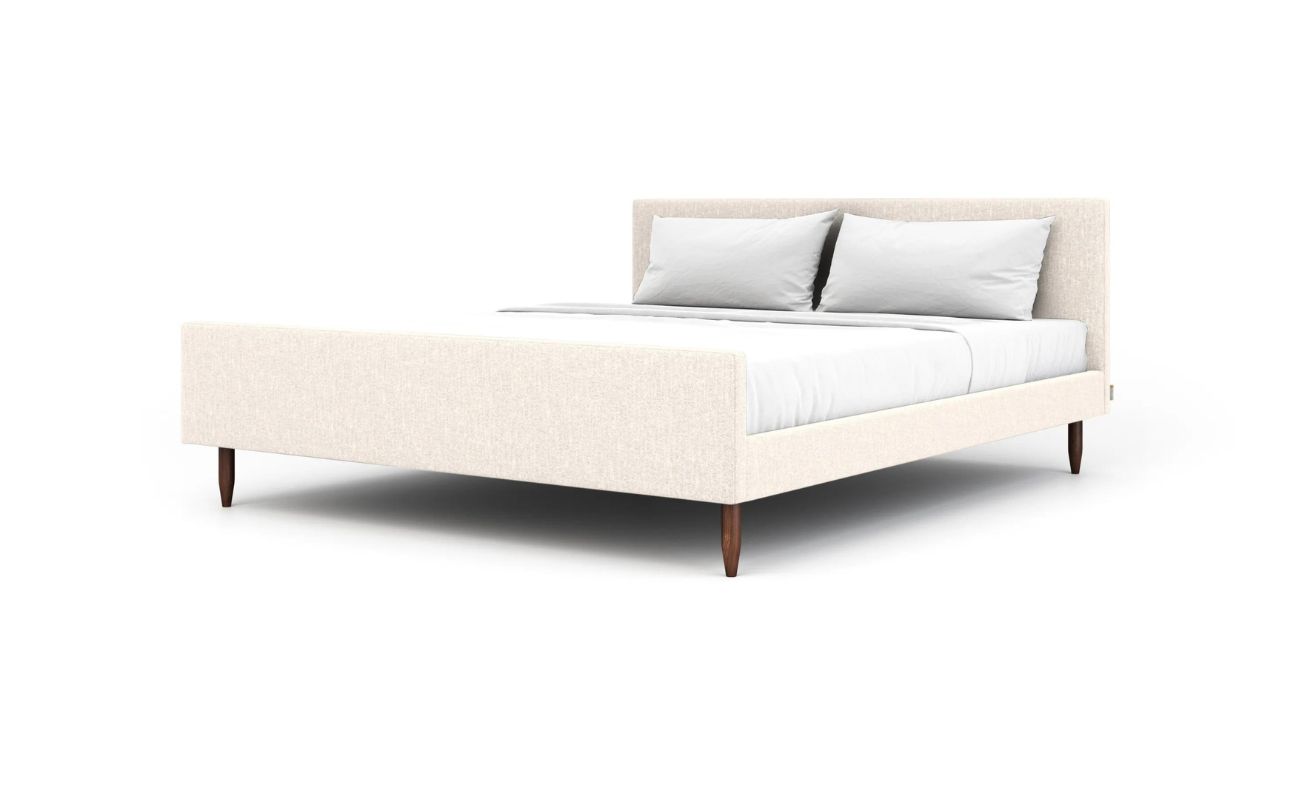

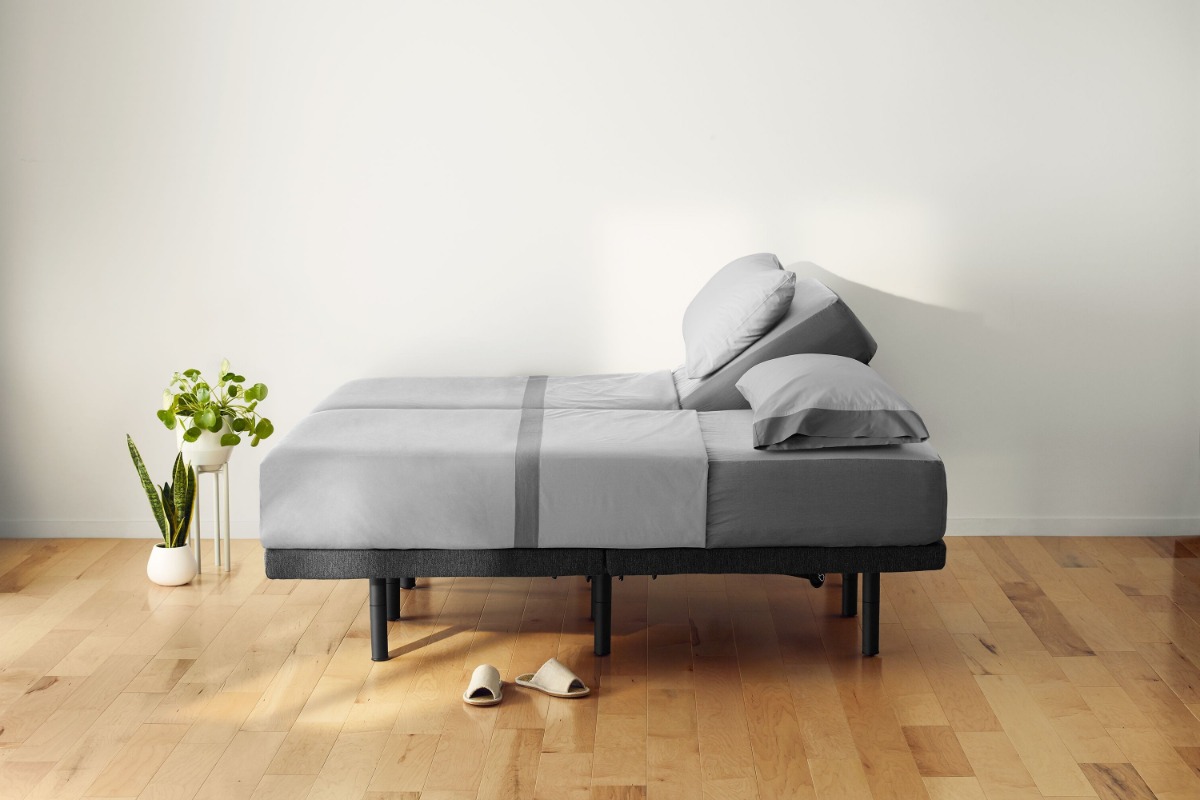

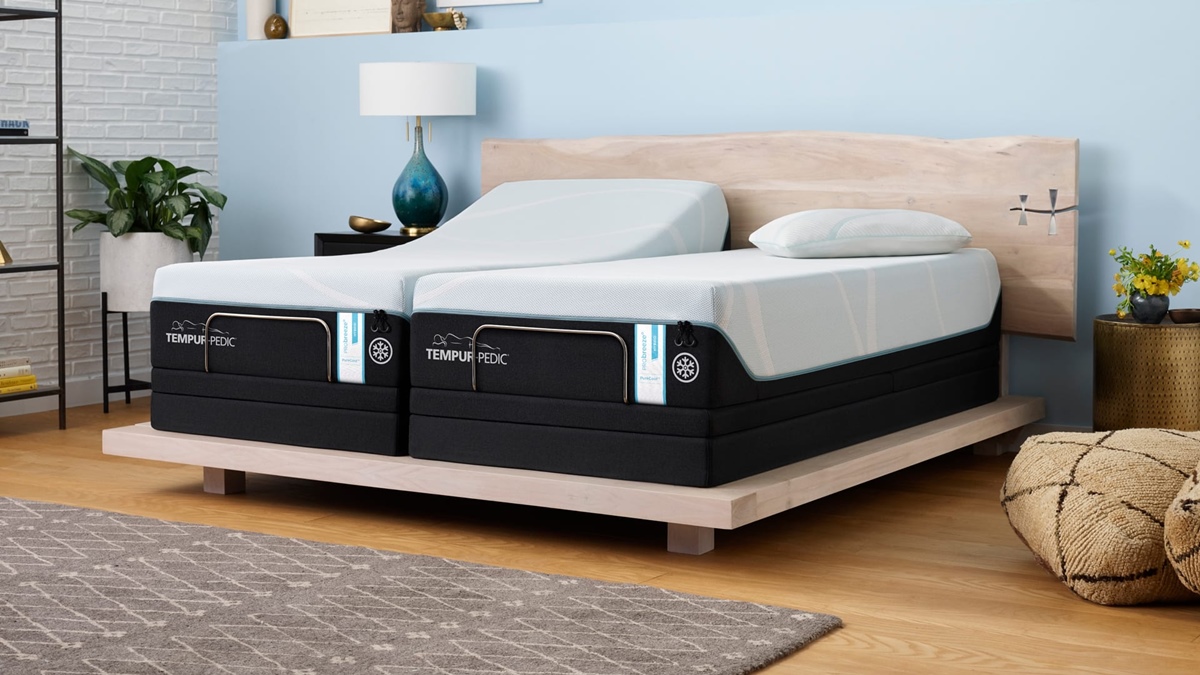

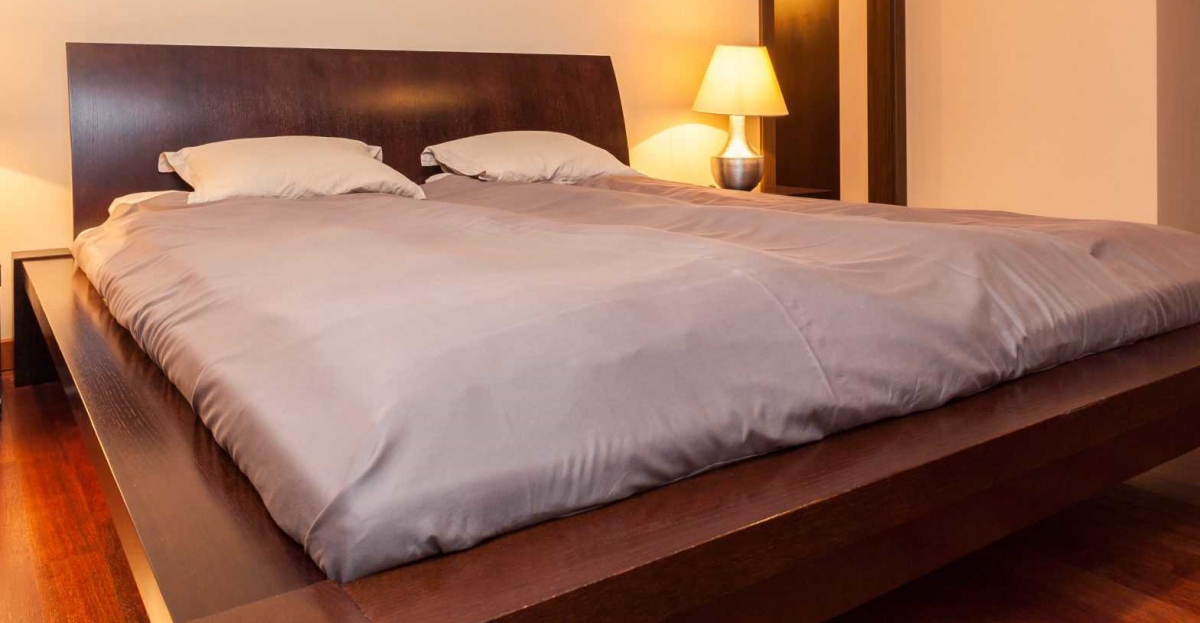

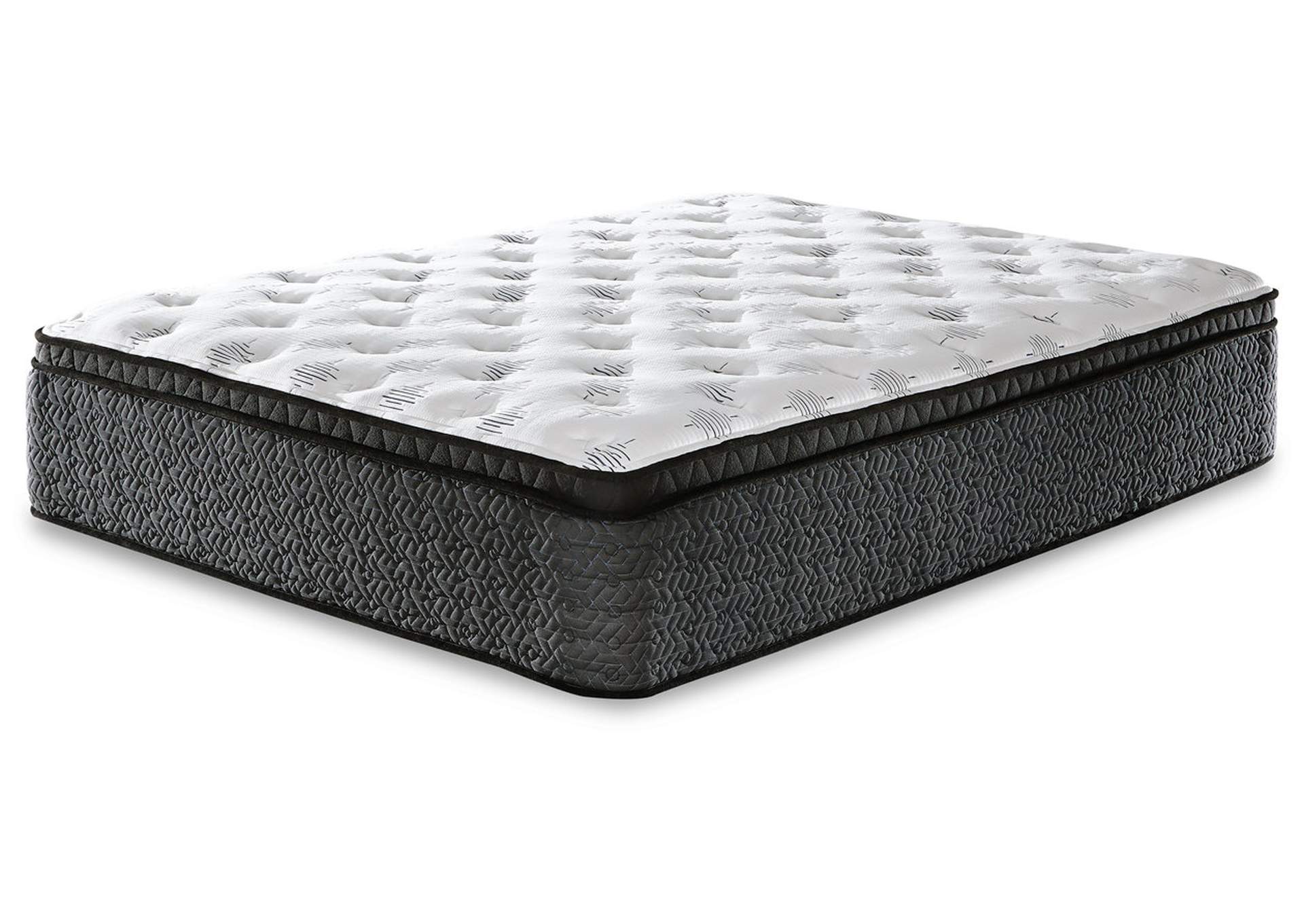


0 thoughts on “How To Store A Queen Mattress”